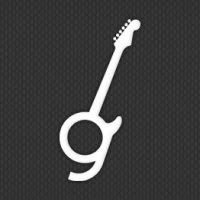I think the basic use of a patch bay can be for four things:
1. as a way to save wear and tear on the jacks on the equipment;
2. as a way to re-locate the equipment connections,
ex., so you have them in front of you, not around back of the unit;
3. organization,
ex., put all the pre-amp jacks next to each other;
4. as a way of connecting different interface types more easily,
ex., taking a (stereo) TRS out to a TRS bay and using appropriate cords to split it into two mono connections, or just leaving, say, an RCA output unit (like an old Realistic EQ or reverb or some home hi-fi stuff) connected to the 1/4" patch bay.
After that, their use can be more sophisticated:
1. you can break into a chain,
ex., where you have a pre-amp connected in series through the bay to a compressor through the bay to your DAW channel, you can patch an EQ between something;
2. you can create a new chain via a "mult" (stands for "multiply"?),
ex., where you have a pre-amp connected in series through the bay to a compressor through the bay to your DAW, you can mult from the pre-amp (at the bay) to a different compressor and feed a different (parallel) DAW channel. Or simpler, you could run a pre-amp through the bay to your DAW, and multing from the pre-amp at the bay connect through the bay to a compressor through the bay to and feed a different (parallel) DAW channel.
(I believe you can call either scenario a form of parallel compression.)
Speaking of a "mult", I think of a "Y" cable; the result is the same. In a patch bay this is often accomplished with a "parallel", or with a "half-normalled", jack set-up, where you can jack into the signal flow and not break its original ("normal") flow, but split that flow off to second destination, like a "Y cable does, by plugging into the designated jack.
There are ways to vary this at the patchbay itself. See Nuetrick's *.pdf
here for a great explanation.
In no. 1, above, you would use a "normalled" set-up, I think.
For me, I use what Nuetrick calls the "isolated" set-up, as I am typically just looking for the first four basic uses.
I'm sure there's other stuff I don't know/cant think of right now, but I hope that helps some.


